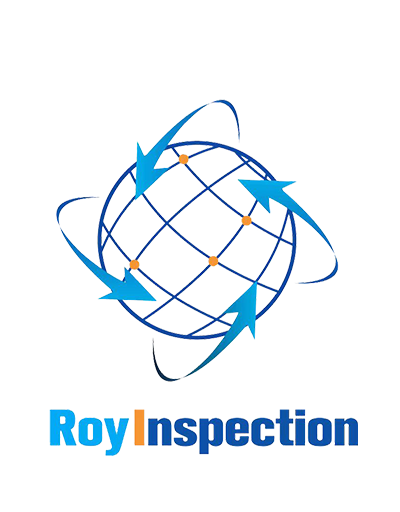IntroductionConstruction projects rely heavily on steel reinforcements to provide structural strength and stability. Rebar, short for reinforcing bar, is an essential component in concrete structures, including bridges, buildings, and roads. A Rebar Inspection is crucial in ensuring that the installation and placement of rebars are compliant with the applicable standards and regulations.Importance of Rebar InspectionA rebar inspection is vital in providing assurance that the reinforced concrete structures will meet safety and durability requirements. Improper rebar installation and placement can lead to structural failures and collapse, which may result in property damage, injury, or loss of life. An inspection ensures that the rebars are correctly installed in the correct locations, with the appropriate spacing and diameter, and that the specified amount of steel reinforcements is used.Types of Rebar InspectionThere are three types of rebar inspection: pre-pour inspection, in-process inspection, and post-pour inspection. The pre-pour inspection is conducted before the concrete is poured into the formwork, checking the placement, spacing, and diameter of the rebar. The in-process inspection is performed during the concrete pouring process to ensure that the rebars remain in place. The post-pour inspection is done after the concrete has fully cured to verify the quality and sustainability of the structure.Methods of Rebar InspectionThere are several methods for conducting rebar inspection, including visual inspection, magnetic particle testing, ultrasonic testing, and X-ray testing. Visual inspection involves checking the rebars' placement and ensuring that they are free from defects, damage, or corrosion. Magnetic particle testing utilizes magnetic fields and magnetic particles to locate surface and near-surface faults or cracks. Ultrasonic testing uses high-frequency sound waves to detect and evaluate the presence and depth of subsurface defects or flaws in the rebar. X-ray testing involves passing X-rays through the structure and detecting any anomalies or irregularities in the rebars.Rebar Inspection Standards and RegulationsSeveral industry standards and regulations guide rebar inspection, including the American Concrete Institute (ACI) standards, American Society for Nondestructive Testing (ASNT) guidelines, and Occupational Safety and Health Administration (OSHA) regulations. Compliance with these standards ensures that the construction project meets the required safety, quality, and durability standards.Qualifications for Rebar InspectionRebar inspection requires a high level of expertise and experience in construction and engineering. A qualified rebar inspector should have a minimum of a high school diploma and certification from a reputable organization. It is essential to have experience in interpreting and applying industry standards and regulations, identifying and evaluating faults and defects, and communicating effectively with project stakeholders.The Benefits of Rebar InspectionRebar inspection has several benefits, including reduced costs, increased safety, and improved quality. Identification and correction of rebar defects and improper installation lead to cost savings by minimizing repair and rework expenses. Inspection also enhances safety by preventing structural failures, ensuring durability and improving structural integrity. Additionally, inspection improves the quality of the finished project by ensuring that the installation and placement of rebar meet the standards and regulations, thereby enhancing stakeholders' confidence in the structure.Challenges in Rebar InspectionSeveral challenges are associated with rebar inspection, including human error, technology limitations, and lack of standardization. Human error is a common challenge due to fatigue, distractions, and inadequate training. Technology limitations and lack of standardization may lead to inaccurate inspections and inconsistency in inspection results.The Cost of Rebar InspectionThe cost of rebar inspection may vary based on the project complexity, size, and location. The cost may include inspection fees, equipment rental, and labor costs. The cost of inspection is worth the investment, considering the negative impacts of rebar defects and improper installation.ConclusionIn conclusion, rebar inspection is an integral part of construction projects. Inspection ensures that the rebar installation and placement meet the applicable standards and regulations, enhances safety, improves quality, reduces costs, and increases durability. Rebar inspection requires a qualified and experienced inspector, adherence to industry standards and regulations, and the use of appropriate inspection methods. Quote InquiryIf you have any questions, please let us know asap!










